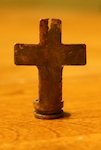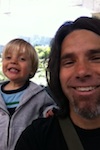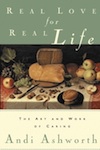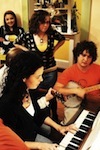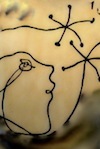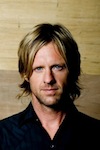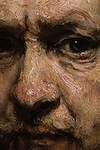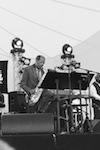 I want to tell you about my reality, about how boring and splintered it can be, how chaotic and bland, how unexpected and structured it is. In other words, I want to tell you about the ordinariness of my life and how that ordinariness doesn’t feel as beautiful as Wendell Berry makes it out to be.
I want to tell you about my reality, about how boring and splintered it can be, how chaotic and bland, how unexpected and structured it is. In other words, I want to tell you about the ordinariness of my life and how that ordinariness doesn’t feel as beautiful as Wendell Berry makes it out to be. I want to tell you about my reality, about how boring and splintered it can be, how chaotic and bland, how unexpected and structured it is. In other words, I want to tell you about the ordinariness of my life and how that ordinariness doesn’t feel as beautiful as Wendell Berry makes it out to be.
I want to tell you about my reality, about how boring and splintered it can be, how chaotic and bland, how unexpected and structured it is. In other words, I want to tell you about the ordinariness of my life and how that ordinariness doesn’t feel as beautiful as Wendell Berry makes it out to be.


















